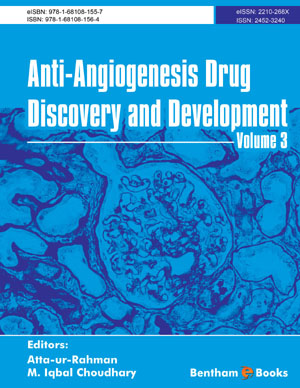Abstract
Cancer, which is spreading throughout the world, is quickly becoming the
leading cause of major fatalities. The most difficult task for global researchers today is
to develop anticancer leads with minimal side effects. Heterocyclic chemistry is an
important and unique class of medicinal chemistry as a large number of drugs being
used in chemotherapy have a heterocyclic ring as their basic structure, in spite of
various side effects. Because of the presence of heteroatoms such as oxygen, nitrogen,
and sulphur, heterocyclic compounds can be used as hydrogen bond donors and
acceptors. As a result, they can more effectively bind to pharmacological targets and
receptors via intermolecular hydrogen bonds, resulting in pharmacological effects.
They can also change the liposolubility and thus the aqueous solubility of drug
molecules, resulting in remarkable pharmacotherapeutic properties. Medicinal chemists
are concentrating on anticancer agents based on heterocyclic compounds. The goal of
this chapter is to attempt to compile a dataset of advances in various nitrogen and
oxygen-containing heterocyclic rings with anticancer activities from 2017 to 2020. The
chapter covered the most recent research on novel anticancer heterocyclic derivatives,
as well as the structure-activity relationship (SAR). The chapter provides the reader
with advanced knowledge of the strategies required for designing nitrogen- and
oxygen-containing heterocyclic compounds as anticancer agents.
Keywords: Anticancer drugs, Cancer, Heterocyclic, Nitrogen, Oxygen, SAR.






















